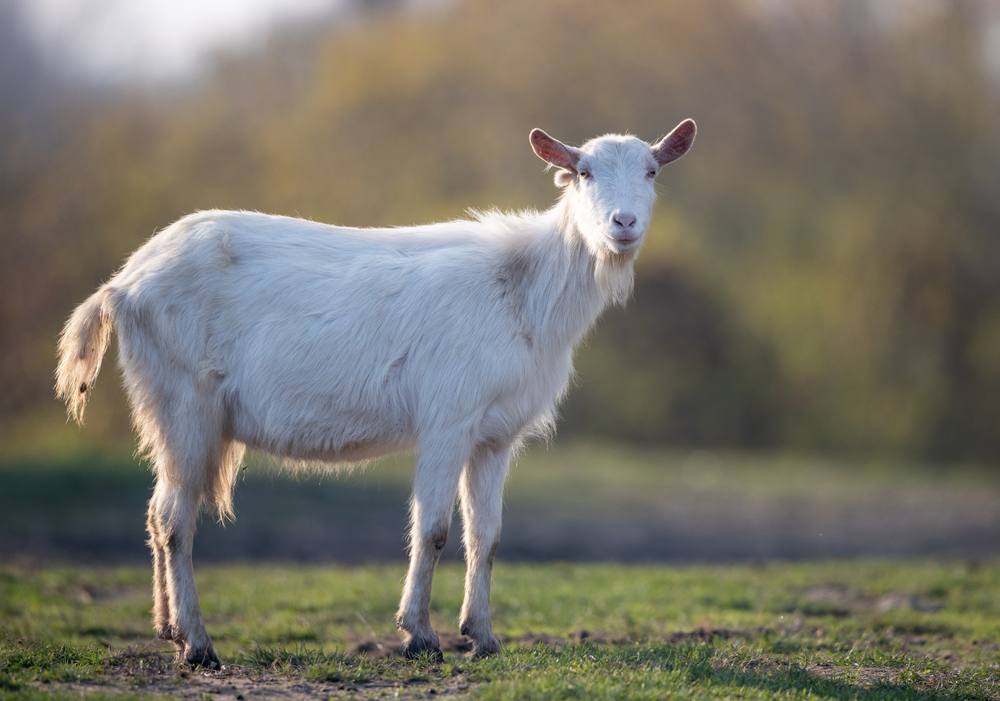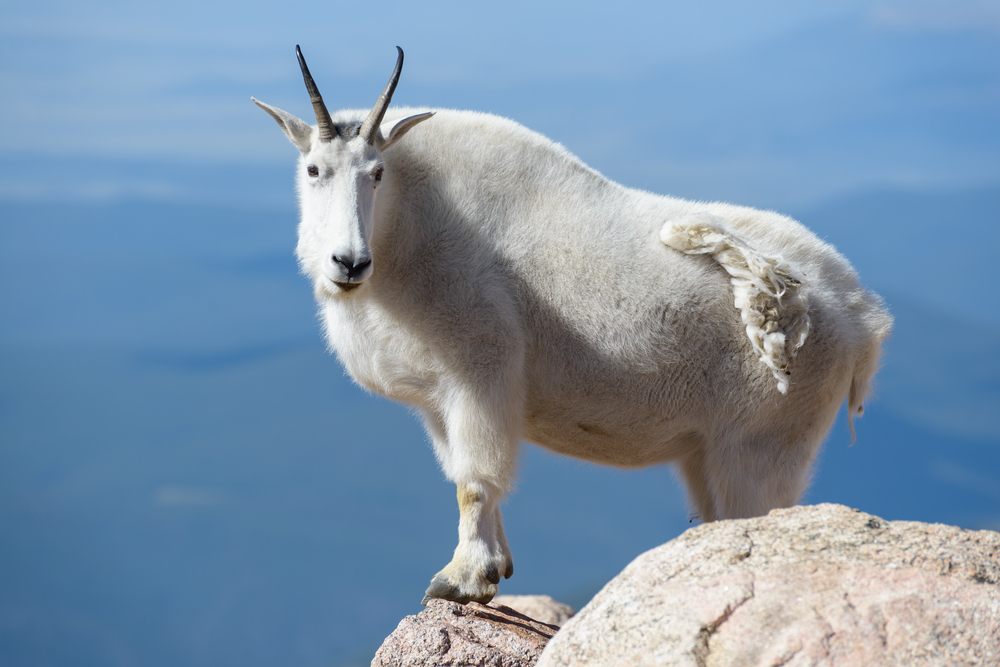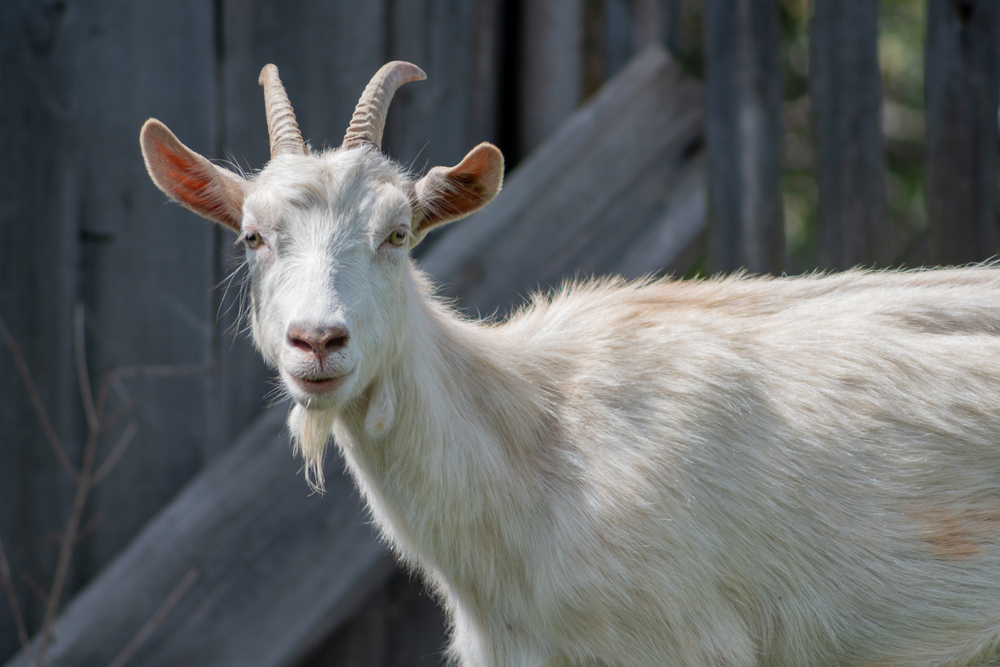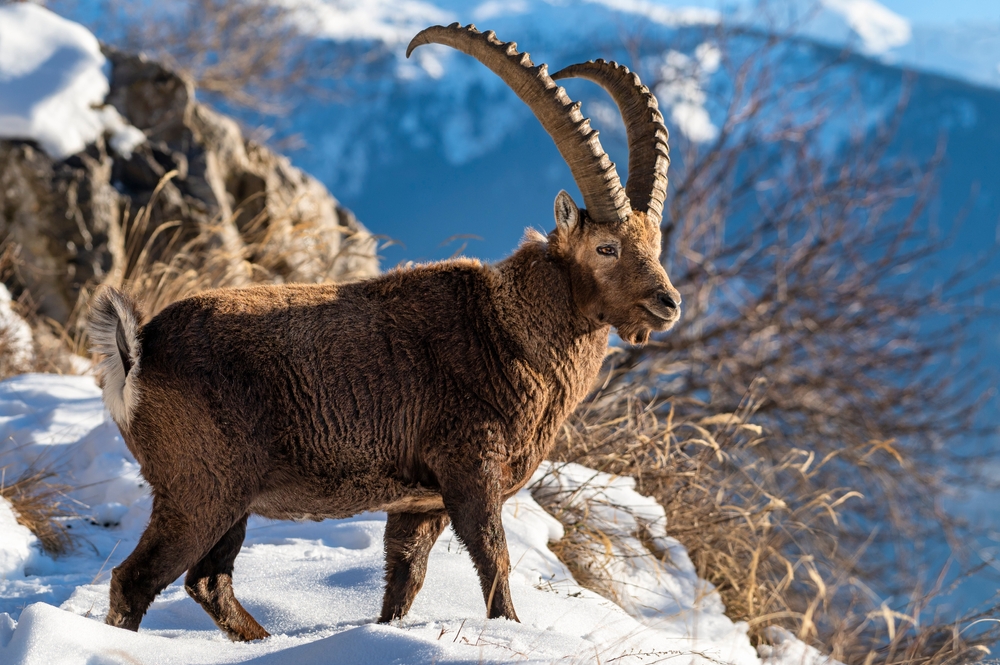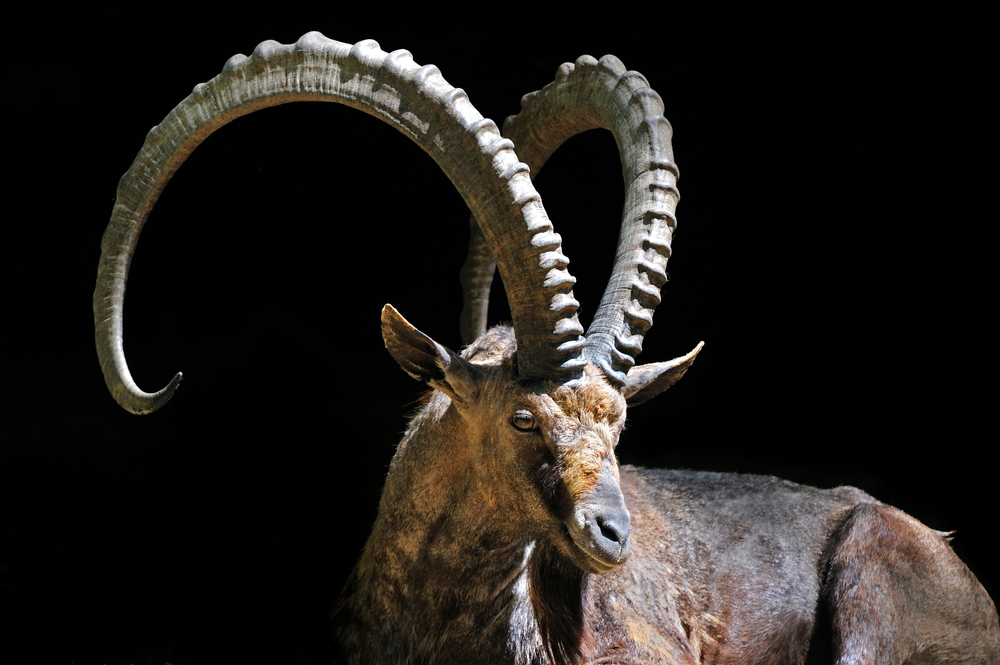Saamen (Saanen) goats are efficient foragers with dietary needs focused on supporting high milk production:
-
Primary Diet:
-
Graze on pasture grasses such as ryegrass, orchardgrass, timothy, and clover.
-
Browse shrubs, leaves, and weeds when available, though they prefer softer, nutrient-rich plants.
-
-
Supplemental Feeding:
-
Given hay (grass or legume) during non-grazing seasons.
-
Fed grain concentrates (corn, oats, barley, soybean meal) to meet the high energy demands of lactation.
-
Require goat-specific mineral supplements, especially those with adequate copper, calcium, and phosphorus.
-
-
Forage Efficiency:
-
While capable of foraging on lower-quality plants, milk production and health improve significantly on high-quality forage.
-
-
Water Needs:
-
High milk output requires large water intake—lactating does may drink up to 3–4 gallons (11–15 liters) of water per day.
-
-
Feeding Behavior:
-
Prefer to feed in the cooler hours of morning and evening, resting and ruminating during the heat of the day.
-
Selective grazers, often choosing the most nutrient-rich plants first.
-
The Saamen goat’s dietary demands for energy, protein, and minerals are higher than those of most goat breeds, making nutritional management key to sustaining their exceptional dairy productivity.



































































